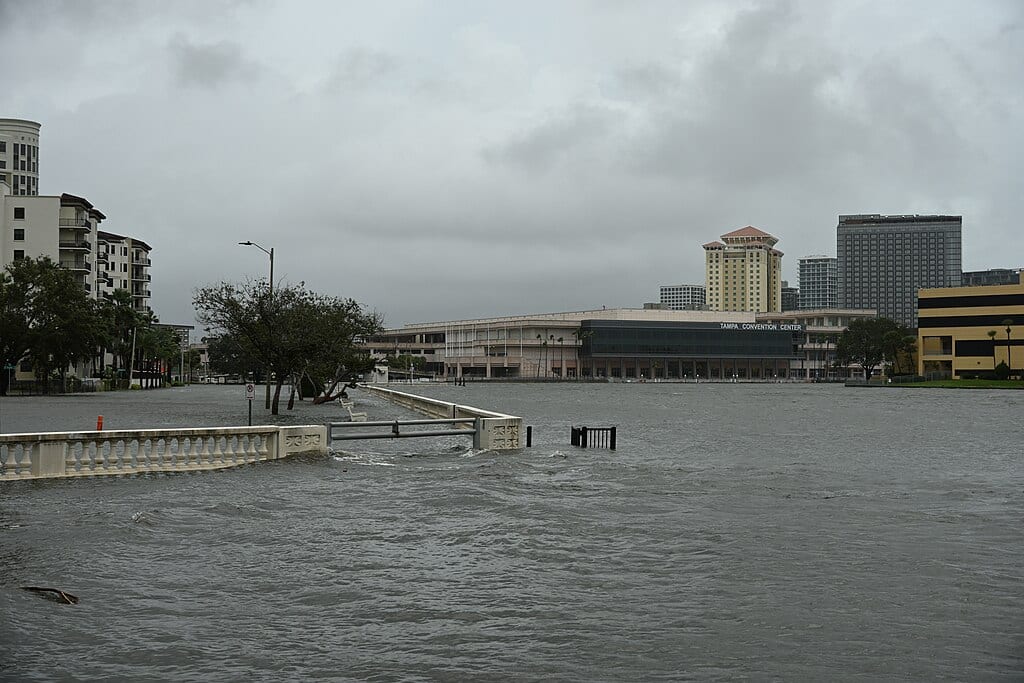Health and Human Services (HHS) Secretary Xavier Becerra declared a public health emergency on Wednesday in the aftermath of Hurricane Idalia making landfall in Florida.
The declaration from HHS followed a general emergency declaration issued by President Biden on Tuesday in advance of the storm’s arrival.
The health emergency declaration involves the deployment of some 68 emergency personal to Florida, including medical providers and disaster management professionals from the Administration for Strategic Preparedness and Response (ASPR). It also includes about 32 members of the National Disaster Medical System (NDMS).
The health emergency also involves authorizing flexibilities for Medicare and Medicaid beneficiaries, retroactive from August 27.
“We will do all we can to assist Florida officials with responding to the health impacts of Hurricane Idalia,” Becerra posted on social media.
Hurricane Idalia touched down in Florida a little before 8am ET on Wednesday as a category 3. Sustained winds at the time were estimated to be 125 miles per hour. Within little more than an hour, they’d died down to a very high category 2 storm with winds of 110 mph or higher, according to the National Hurricane Center.
However, the NHC did warn of a “catastrophic storm surge” as Idalia made landfall in Florida’s Big Bend where the peninsula merges into the panhandle.
By Wednesday afternoon, the storm had reduced to a category 1 as it barreled toward Georgia and the Carolinas. As of Thursday morning, North Carolina was coping with flooding after between 2 and 5 inches of rain had fallen in parts of the state from what was by then a tropical storm.
Meanwhile, hundreds of thousands of people in Florida, Georgia and the Carolinas have lost power.
PHOTO: Flooding in Tampa from Hurricane Idalia’s storm surge, per Andrew Heneen


